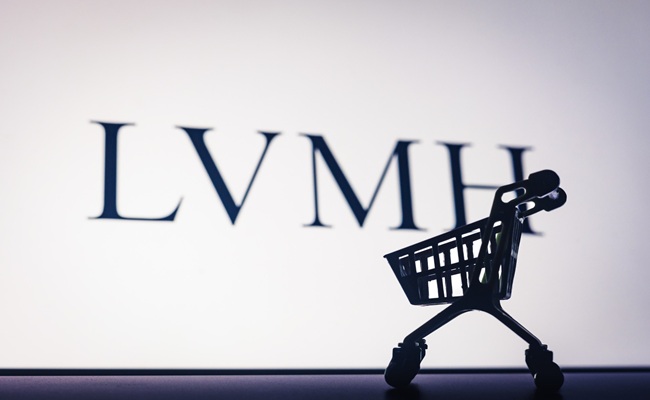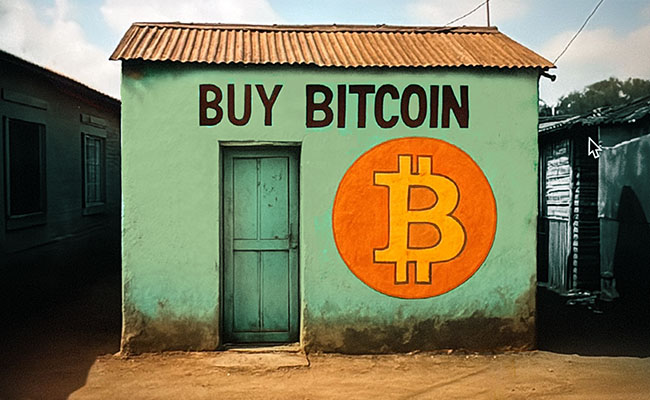When LVMH’s shares surged 12% on Tuesday – the French conglomerate’s best single-day performance in more than two years – it sent a ripple of optimism through a luxury sector that has spent most of 2025 nursing its wounds. The question investors are now asking is whether Bernard Arnault’s empire has finally arrested a decline that has eviscerated billions in shareholder value, or whether this represents merely a fleeting respite in an industry undergoing profound structural change.
The numbers that triggered Tuesday’s euphoria were, admittedly, hardly earth-shattering. LVMH reported third-quarter revenue of €18.28bn, representing organic growth of just 1% (yes, just 1%). That said, in a sector where expectations have been systematically lowered, even modest outperformance can spark celebration. Analysts had braced for flat revenue; instead, the world’s largest luxury group delivered its first quarter of growth in 2025, with almost every division showing improvement.
The real story, however, lies not in Paris or Milan, but 9,000km away in mainland China. For the first time since the luxury downturn began, LVMH’s finance chief confirmed that “mainland China turned positive in Q3,” a reversal from the 20% declines that characterised 2024. This represented a significant inflection point for an industry that derives between 25% and 40% of its revenues from Chinese consumers, whether shopping domestically or abroad. The catalyst appears to be a combination of renewed outbound tourism (Chinese overseas luxury spending is projected to reach €26bn in 2025, up 95% from 2024) and tentative signs of domestic consumer confidence stabilising after two brutal years.
LVMH’s fashion and leather goods division – home to Louis Vuitton and Dior, which generates nearly half the group’s revenue and two-thirds of its profit – declined only 2% organically in Q3, significantly better than the 4% drop analysts had pencilled in and a marked improvement from earlier quarters. Meanwhile, selective retailing surged 7%, watches and jewellery grew 2%, and even the beleaguered wines and spirits division returned to positive territory with 1% growth.
The sector-wide response was immediate and dramatic. Hermès shares jumped 7%, Kering – which owns Gucci and Saint Laurent – rallied 5%, and Richemont, the Swiss luxury conglomerate behind Cartier, added gains of its own. Collectively, the luxury sector added ~$80bn in market capitalisation in a single session, with LVMH alone contributing roughly €35bn.
Yet beneath the euphoria lurks considerable scepticism about whether one quarter truly constitutes a turning point. LVMH’s nine-month revenue stands at €58.1bn, down 4% from 2024, with fashion and leather goods down 8% over the same period. The company has endured what Arnault himself described as a “disrupted geopolitical and economic environment”, with Europe suffering from reduced tourist spending as a much stronger euro made the region less attractive, and Japan declining after an exceptional 2024 bolstered by yen weakness. Furthermore, industry analysts at Bain & Company have warned that the Chinese luxury market is expected to remain “flat” in 2025 overall, with brands needing to focus on “footprint consolidation and performance improvement measures instead of expansion and price increases”. The consultants’ research suggests that consumer confidence remains fragile, with approximately 46% of surveyed Chinese consumers planning to reduce luxury spending
Early optimism
The investment thesis for luxury goods rests on several enduring pillars: demographic tailwinds from wealth creation in emerging markets, exceptional pricing power that translates to industry-leading margins (LVMH’s operating margin remains about 23% despite current headwinds), and the peculiar resilience of brands that have cultivated desire over decades or even centuries.
The contrarian case, however, suggests the sector faces more than just cyclical weakness. Younger consumers are increasingly questioning value propositions after years of relentless price increases, with brands having raised prices by double digits annually without commensurate product improvements. The rise of “quiet luxury” and domestic Chinese brands also threaten to erode the dominance of European heritage houses among the crucial Generation Z demographic.
As Arnault surveys his empire from the commanding heights of LVMH’s headquarters on Avenue Montaigne, he can take some solace in Tuesday’s rally, which recovered a portion of the €32bn in personal wealth he shed over the past year. Yet the 76-year-old chair, who has spent four decades building the world’s pre-eminent luxury conglomerate, understands better than most that one quarter does not constitute a trend.
The luxury sector’s fate ultimately hinges on factors largely beyond Arnault’s control: whether China’s stimulus measures translate into sustained consumer confidence, whether the industry can arrest margin compression after years of aggressive expansion, and whether affluent consumers worldwide continue viewing €3,000 handbags as aspirational necessities rather than frivolous extravagances.
Tuesday’s rally suggests some are willing to bet on recovery, but this early optimism must ultimately be validated by longer-term results for luxury stocks to be considered enduring investments once more. The coming quarters will reveal whether LVMH’s Q3 performance represents a genuine inflection point or merely an expensive head-fake in a sector still searching for solid ground.
Sign up to Currency’s weekly newsletters to receive your own bulletin of weekday news and weekend treats. Register here.














